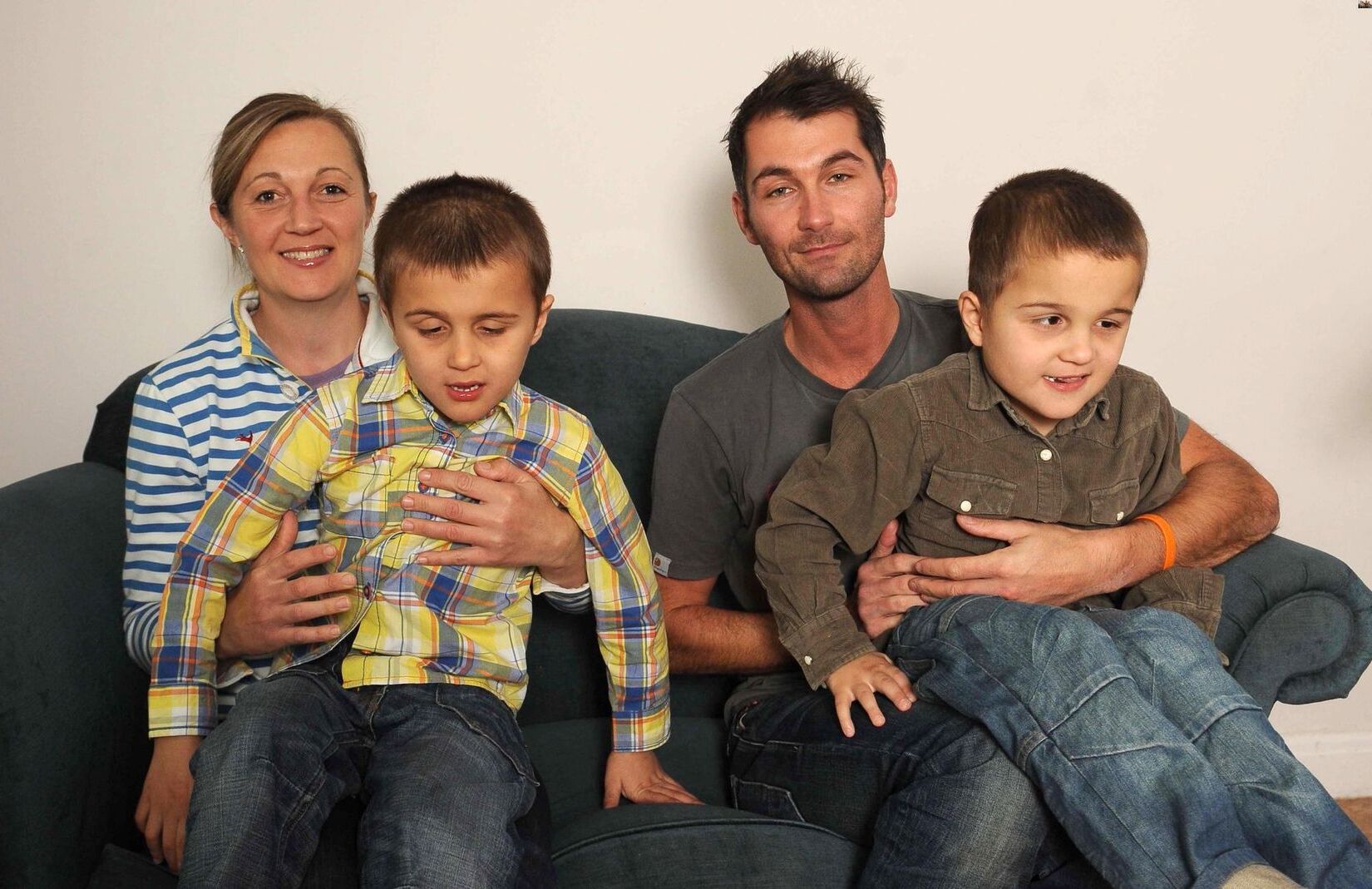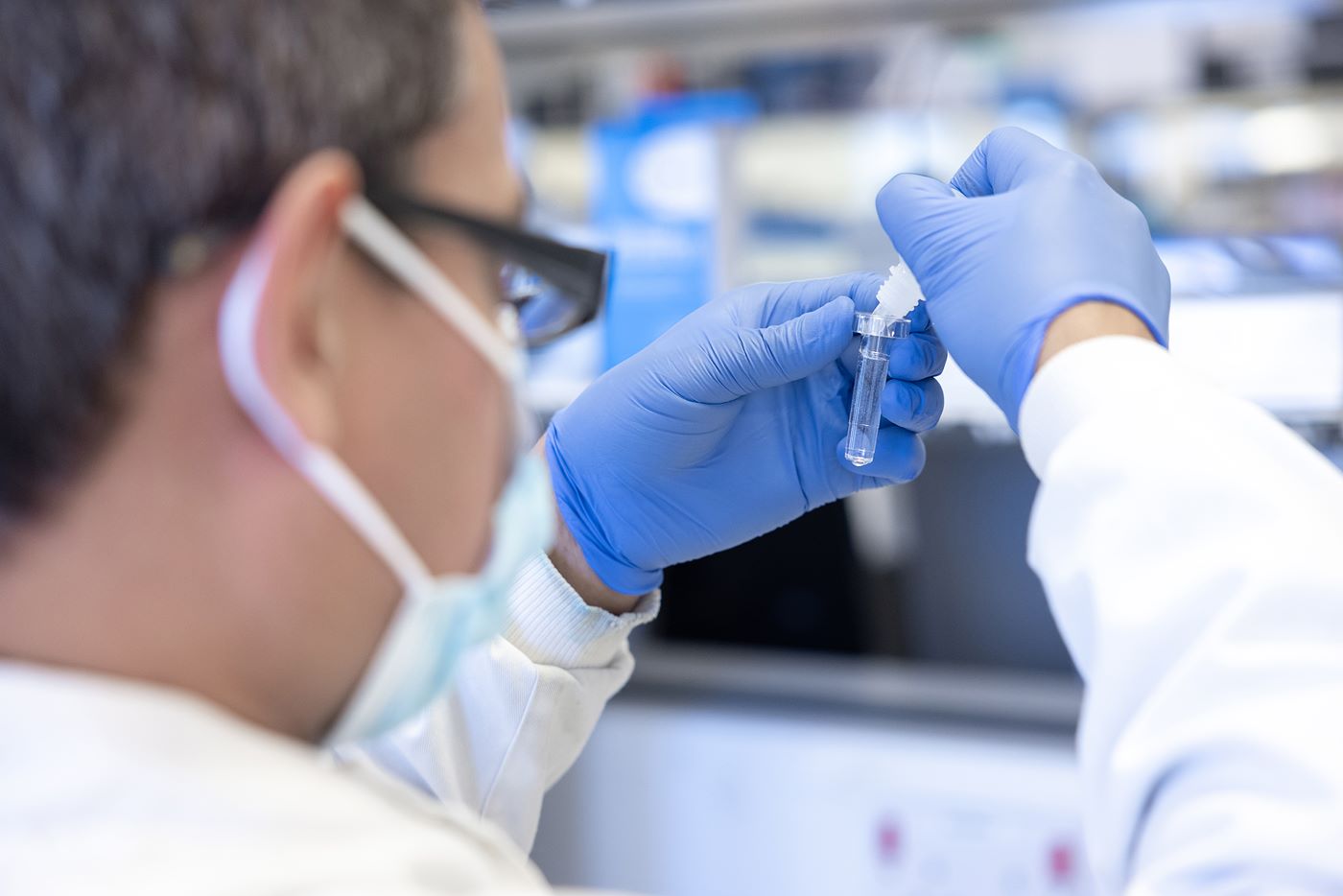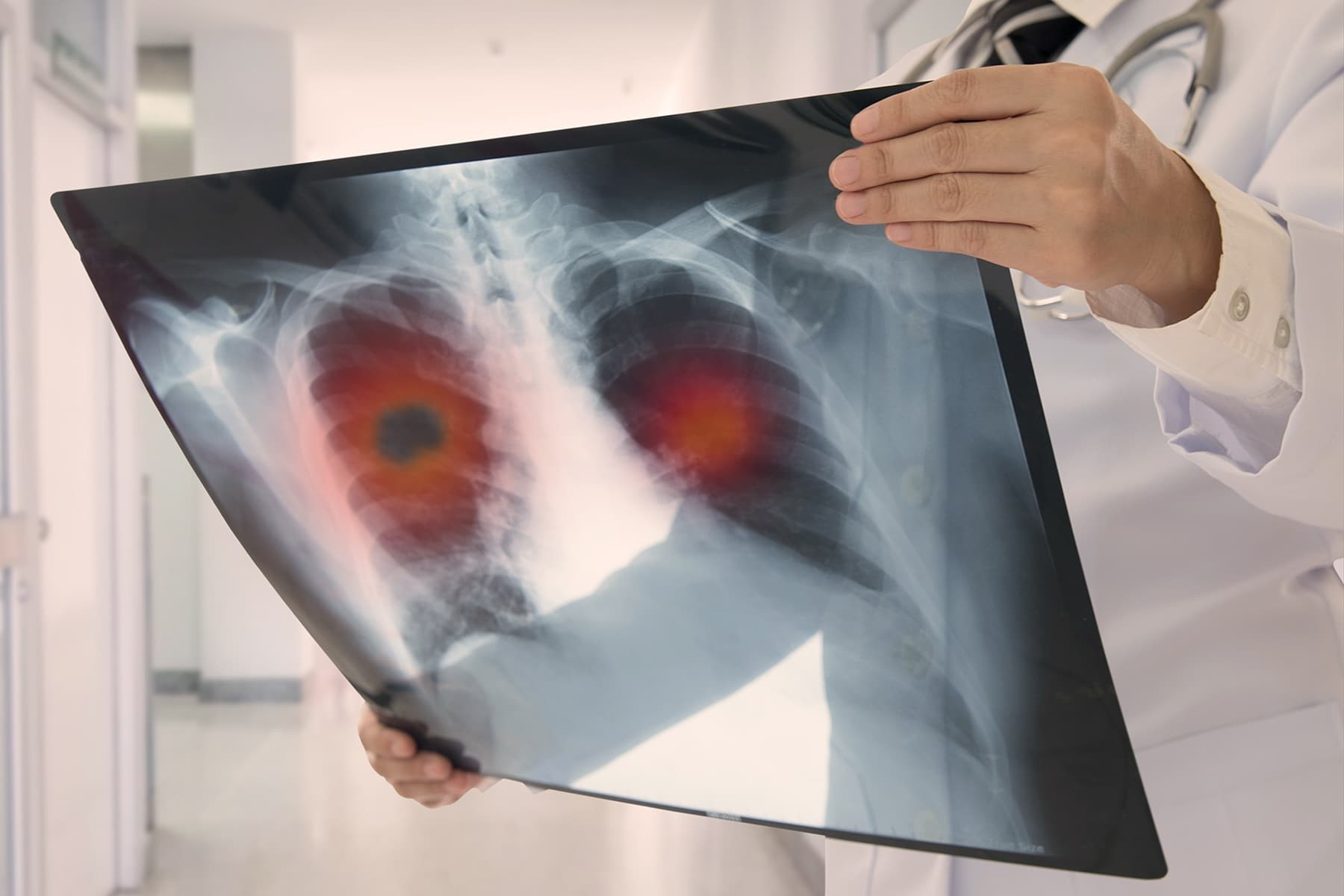
What is Batten Disease? Batten Disease, also known as Spielmeyer-Vogt-Sjogren-Batten disease, is a rare and fatal neurodegenerative disorder. It affects the body's ability to remove cellular waste, leading to severe symptoms such as vision loss, seizures, cognitive decline, and motor function loss. This condition falls under a broader category called neuronal ceroid lipofuscinoses (NCLs), with 13 known types. Symptoms often begin in childhood, progressing rapidly and significantly shortening the affected individual's lifespan. Despite ongoing research, there is currently no cure, and treatment focuses on managing symptoms and improving quality of life. Understanding Batten Disease is crucial for supporting affected families and advancing research efforts.
What is Batten Disease?
Batten disease, also known as Spielmeyer-Vogt-Sjogren-Batten disease, is a rare and fatal neurodegenerative disorder. It affects the body's ability to remove cellular waste. Let's dive into some key facts about this condition.
-
Definition and Classification: Batten disease is the most common form of neuronal ceroid lipofuscinoses (NCL), which includes 13 known types. Each type is identified by a specific gene variant, such as CLN1, CLN2, etc.
-
Symptoms: Symptoms include progressive vision loss leading to blindness, seizures, cognitive decline, problems with movement, and personality changes. These symptoms vary in severity and onset age among different types.
-
Onset Age: Symptoms typically begin in childhood, often between ages 4 and 10. Some forms can start as early as infancy or as late as early adulthood.
-
Developmental Regression: Initially, children appear healthy and develop normally. They then experience a regression in development, losing previously acquired skills.
-
Vision Impairment: One of the earliest symptoms is vision impairment, which can progress to complete blindness due to the accumulation of lipofuscin in the retina.
-
Seizures: Recurrent seizures are common and can be severe, leading to other complications like disordered sleep and cardiovascular problems.
-
Cognitive Decline: As the disease progresses, individuals experience significant cognitive decline, including problems with thinking and reasoning, leading to dementia.
-
Motor Function Loss: Affected individuals experience a loss of motor function, resulting in difficulty walking and eventually immobility.
-
Behavioral Changes: Personality and behavior changes are common, including mood swings, irritability, and other behavioral issues.
-
Lifespan: The lifespan of individuals with Batten disease is significantly shortened, with most affected children surviving only into late adolescence or early adulthood.
Genetic Basis and Diagnosis
Understanding the genetic basis and diagnostic methods for Batten disease is crucial for managing the condition.
-
Genetic Basis: Batten disease is an inherited metabolic disorder caused by genetic mutations. Most cases are due to mutations in the CLN3 gene, affecting lysosome function.
-
Lipofuscin Accumulation: The primary feature is the accumulation of lipofuscin, a pigmented nondegradable lipid-protein substance within lysosomes, causing progressive neurodegeneration.
-
Diagnostic Methods: Diagnosis is confirmed through genetic testing, identifying the specific gene mutation responsible. Other diagnostic findings include blood analyses showing vacuolated white blood cells and urinalysis revealing elevated levels of dolichol.
-
Unified Batten Disease Rating Scale: This clinical rating instrument assesses physical, behavioral, and functional capability in juvenile NCL, including a physical assessment by a trained neurologist.
-
Digit Span Task: Clinicians use this task to assess attention and memory. It has two components: digit span forward (simple attention) and backward (working memory).
-
Challenges in Assessment: Due to the rarity of Batten disease, assessing its progression poses challenges. Small sample sizes and symptom variability make it difficult to identify patterns.
Current and Experimental Treatments
While there is no cure for Batten disease, various treatments focus on controlling symptoms and experimental therapies offer hope.
-
Current Treatment: Treatment focuses on controlling symptoms. Anticonvulsant drugs manage seizures, and physical therapy helps slow the progressive loss of motor function.
-
Experimental Therapies: Several experimental therapies are under investigation, including gene therapy, stem-cell therapy, and enzyme-replacement therapy.
-
Canine Models: Batten disease has been detected in certain dog breeds, like Tibetan terriers. Canine models facilitate the study of novel treatments and have shown promising results.
-
Clinical Trials: Participating in clinical trials is crucial for advancing research. These trials help clinicians and scientists learn more about the disorder and potentially find better ways to detect, treat, or prevent it.
-
BDSRA Foundation Family Register: Joining this register supports clinical trial readiness for future research, ensuring study results are applicable to a wide range of participants.
-
NIH Clinical Research Trials and You: For information about participating in clinical research, visit NIH Clinical Research Trials and You. This resource provides detailed information on clinical trials currently looking for people with NCL.
-
Batten Disease Support, Research, & Advocacy Association: The BDSRA is the largest research and support organization in North America for families affected by Batten disease. They provide comprehensive support and advocate for research.
-
Beyond Batten Disease Foundation: This organization supports families affected by Batten disease, providing resources and advocating for increased awareness and research.
Prevalence and Genetic Risk
Understanding the prevalence and genetic risk of Batten disease helps in early detection and management.
-
Prevalence: Batten disease affects approximately 3 out of every 100,000 births in the United States. People of Scandinavian or Northern European descent are more likely to have the disorder.
-
Siblings’ Risk: Siblings of children with Batten disease have a 25% chance of inheriting the disorder. The disease is inherited in an autosomal recessive pattern, meaning both parents must be carriers of the faulty gene.
-
Gene Variants: Each type of Batten disease is identified by a specific gene variant. These variants start with “CLN” and are followed by a number from 1 to 14, indicating the subtype (e.g., CLN3).
-
CLN3 Gene Mutation: The majority of cases are caused by mutations in the CLN3 gene. These mutations alter lysosome function, leading to the accumulation of lipofuscin in cells.
-
Lipofuscin Biomarker: Lipofuscin serves as a biomarker for detecting Batten disease. It can be detected through microscopic examination of tissue samples, such as skin biopsies.
-
Diagnostic Imaging: Diagnostic imaging techniques like CT scans can show atrophied areas of the brain, supporting a diagnosis when combined with genetic testing.
-
Blood Analysis: Blood analyses may reveal vacuolated white blood cells, indicative of lysosomal dysfunction, suggesting Batten disease.
-
Urinalysis: Urinalysis may show elevated levels of dolichol, a substance that can accumulate in the urine due to lysosomal dysfunction, supporting a diagnosis.
FDA-Approved and Experimental Treatments
While there is only one FDA-approved treatment, ongoing research offers hope for more effective therapies.
-
Cerliponase Alfa Treatment: The only FDA-approved treatment for Batten disease is cerliponase alfa (Brineura®). This enzyme replacement therapy is specifically for children with CLN2 disease and helps slow down the loss of ambulation skills.
-
Enzyme Replacement Therapy: This promising area of research aims to replace the faulty enzyme responsible for the accumulation of lipofuscin in cells.
-
Gene Therapy: Gene therapy involves replacing the faulty gene with a healthy one to restore normal lysosome function, offering hope for treating Batten disease.
-
Stem-Cell Therapy: This approach uses stem cells to replace damaged cells and restore normal brain function, showing potential in treating Batten disease.
-
Fetal-Stem-Cell Therapy: An experimental approach where fetal stem cells are injected into the brain to restore motor and communication skills. Clinical studies suggest positive responses.
-
Canine Models in Research: Studying Batten disease in dogs has provided valuable insights, helping researchers develop novel treatments and understand the disease better.
Variability and Quality of Life
Each individual's experience with Batten disease is unique, and improving quality of life is a primary focus.
-
Batten Disease in Adults: While most forms are fatal in childhood, there is a rare adult-onset form known as CLN14. Individuals with this form typically have a normal life expectancy and may not experience severe symptoms until later in life.
-
Variability in Symptoms: Each individual experiences a unique set of symptoms. The progression and severity of these symptoms can vary significantly among different types.
-
Quality of Life: Despite the lack of a cure, healthcare providers focus on improving the quality of life for individuals with Batten disease, managing symptoms, providing supportive care, and enhancing communication skills.
-
Family Support: Families affected by Batten disease often face significant emotional and practical challenges. Organizations like the BDSRA and Beyond Batten Disease Foundation provide essential support and resources.
-
Advancements in Research: Ongoing research is driven by the need for better treatments and a potential cure. Advances in genetic testing, imaging techniques, and experimental therapies offer hope for improving outcomes.
-
Participation in Clinical Trials: Participating in clinical trials is crucial for advancing research. By contributing to these studies, individuals and families can help scientists develop more effective treatments and improve understanding.
-
Global Awareness: Raising global awareness about Batten disease is essential for promoting research and support. Organizations like the BDSRA and Beyond Batten Disease Foundation work tirelessly to educate the public and advocate for increased funding and research.
Understanding Batten Disease
Batten disease is a rare, devastating neurodegenerative disorder that primarily affects children. It leads to progressive vision loss, seizures, cognitive decline, and motor function loss. Symptoms usually start in childhood, and the disease significantly shortens life expectancy. Genetic mutations, particularly in the CLN3 gene, cause this condition by disrupting lysosome function, leading to the accumulation of lipofuscin in cells.
Currently, there's no cure, but treatments like anticonvulsant drugs and physical therapy help manage symptoms. Experimental therapies, including gene therapy and enzyme replacement, offer hope for the future. Organizations like the Batten Disease Support, Research, & Advocacy Association (BDSRA) and the Beyond Batten Disease Foundation provide crucial support and resources for affected families.
Raising awareness and participating in clinical trials are vital steps toward finding better treatments and improving the quality of life for those affected by Batten disease.
Was this page helpful?
Our commitment to delivering trustworthy and engaging content is at the heart of what we do. Each fact on our site is contributed by real users like you, bringing a wealth of diverse insights and information. To ensure the highest standards of accuracy and reliability, our dedicated editors meticulously review each submission. This process guarantees that the facts we share are not only fascinating but also credible. Trust in our commitment to quality and authenticity as you explore and learn with us.


